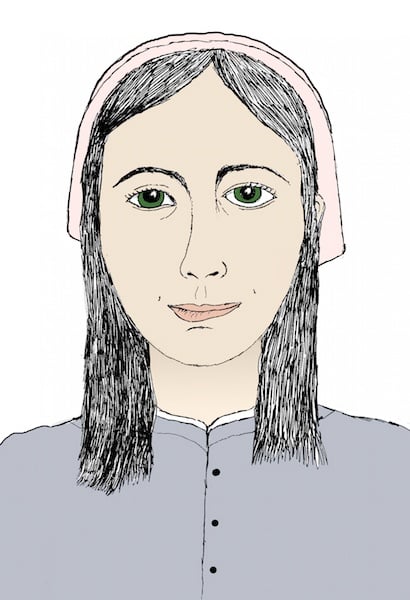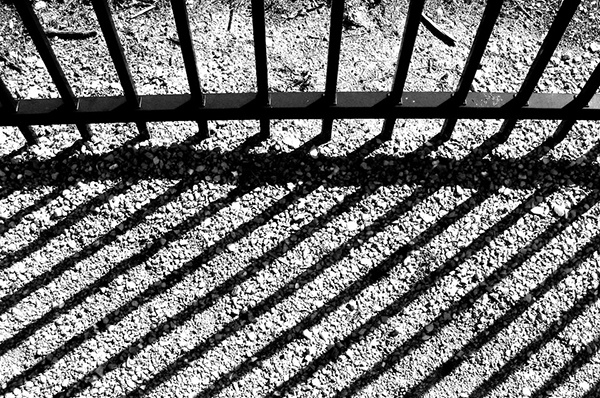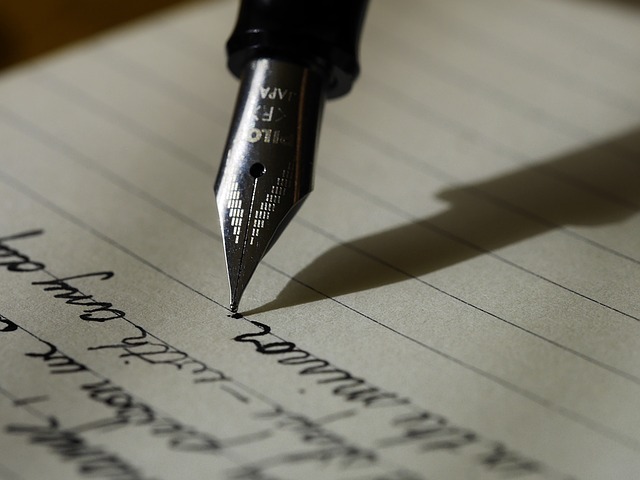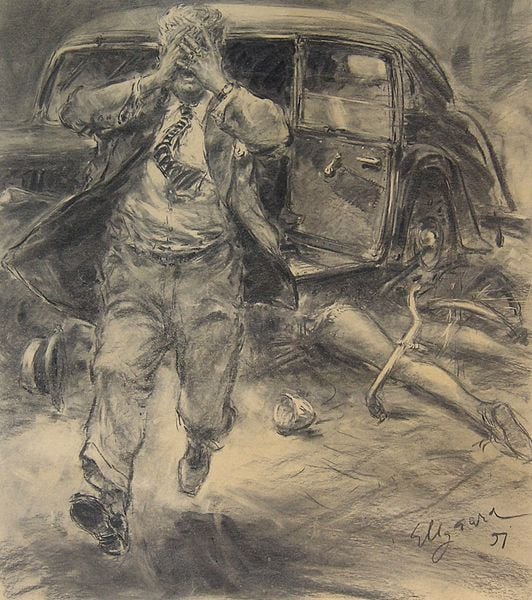In Arthur Miller's The Crucible, Abigail Williams is the pebble that gets the avalanche of the Salem witch trials started. It is Abigail who first says Tituba has been using supernatural powers to corrupt her and Betty, and it is Abigail who jumps on the (metaphorical) accusation train after Tituba has been coerced into confessing her involvement and naming co-conspirators.
In this guide, we'll go over Abigail's entire sphere of influence, from her role as the lead accuser in the witch trials to the relationship between Abigail and John Proctor, and discuss what drives Abigail to act as she does throughout the course of the play.

















































 Holly R.
Holly R.